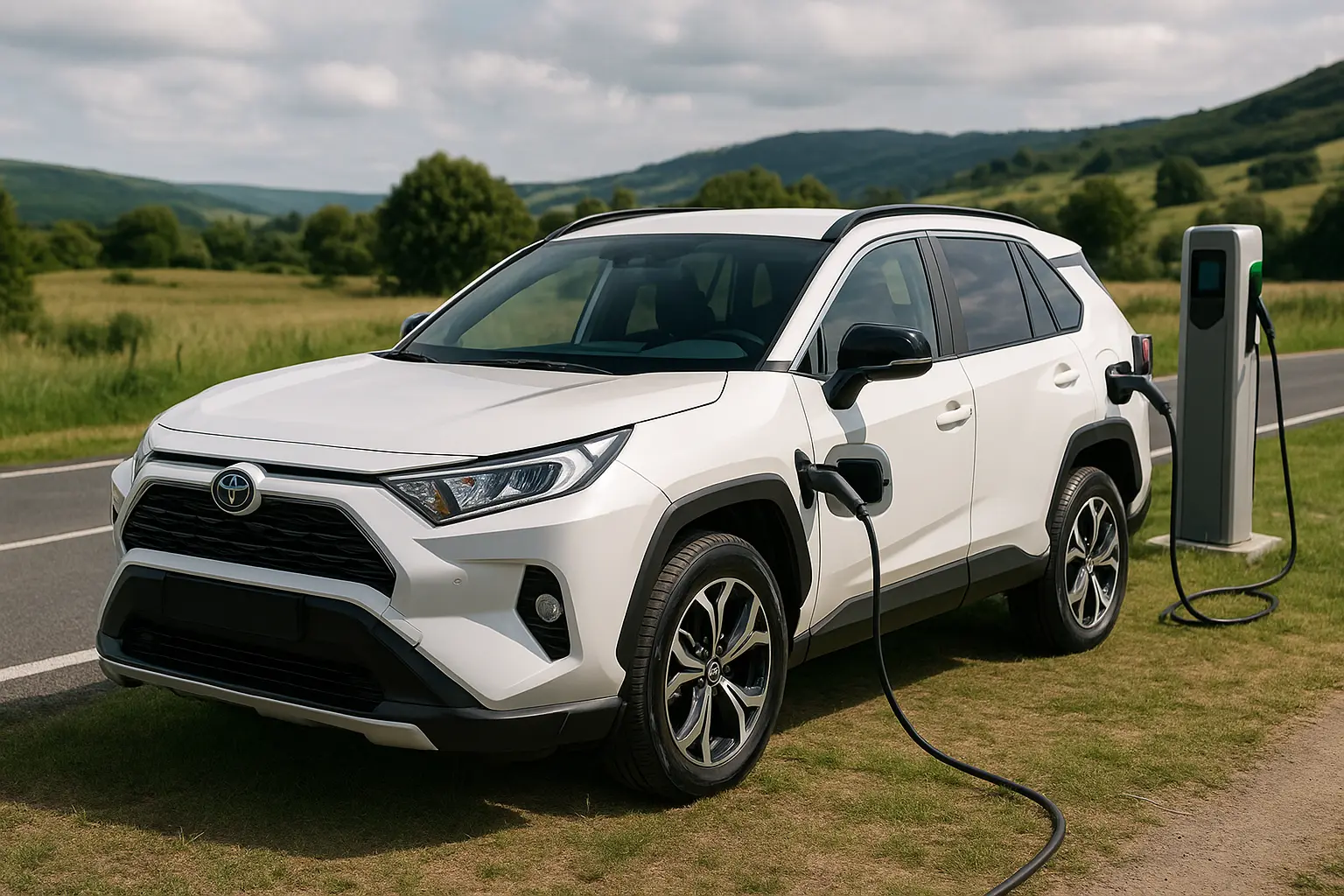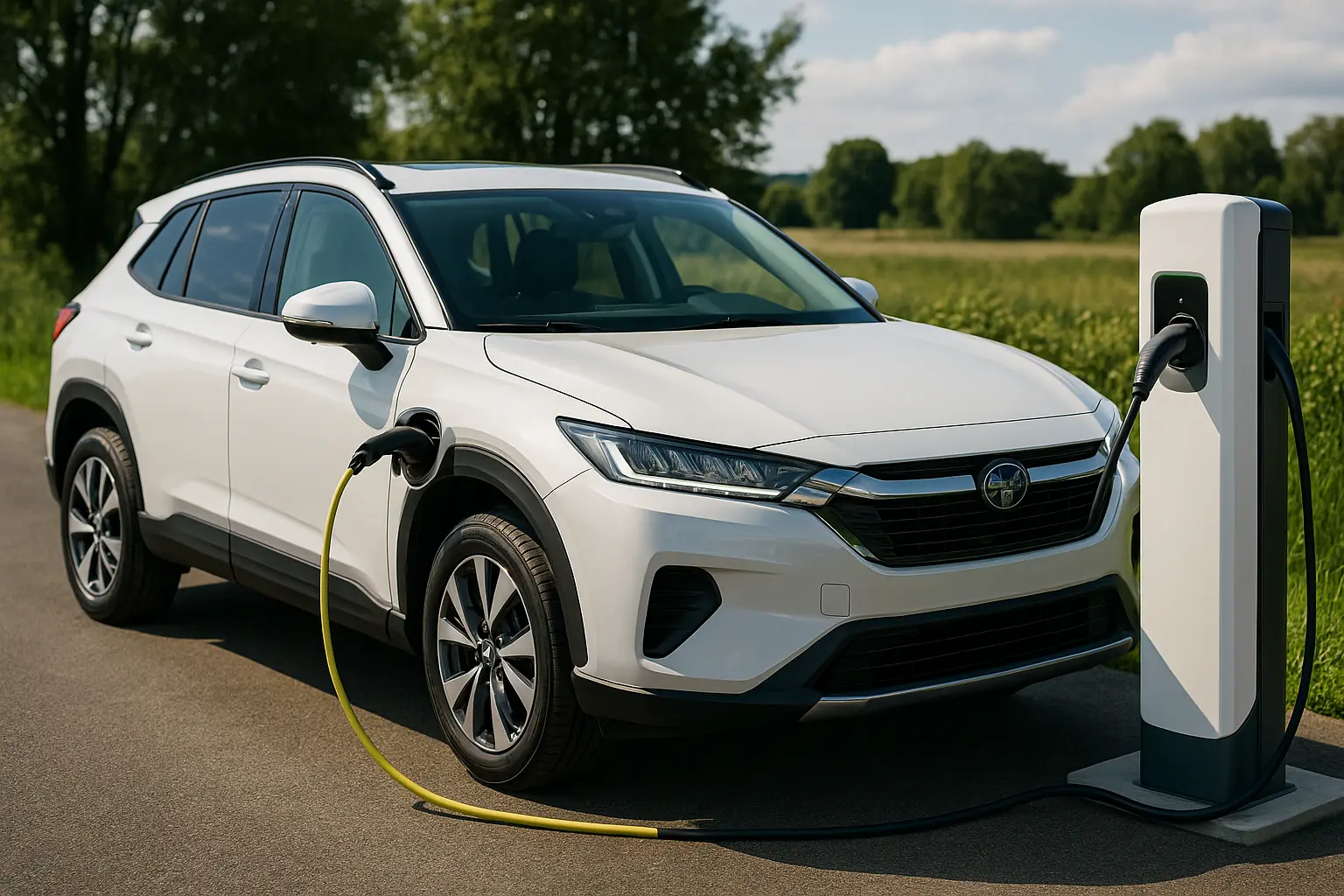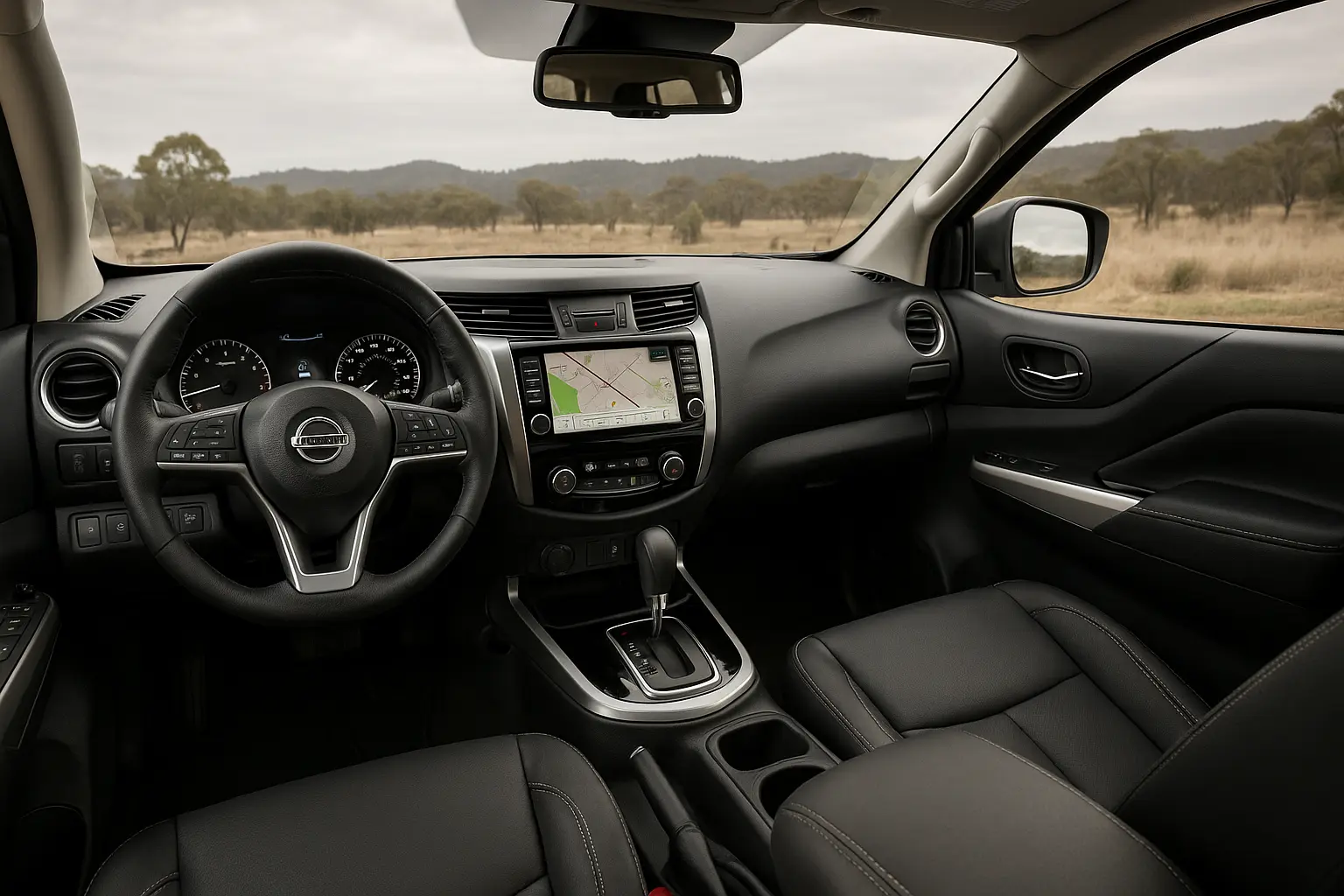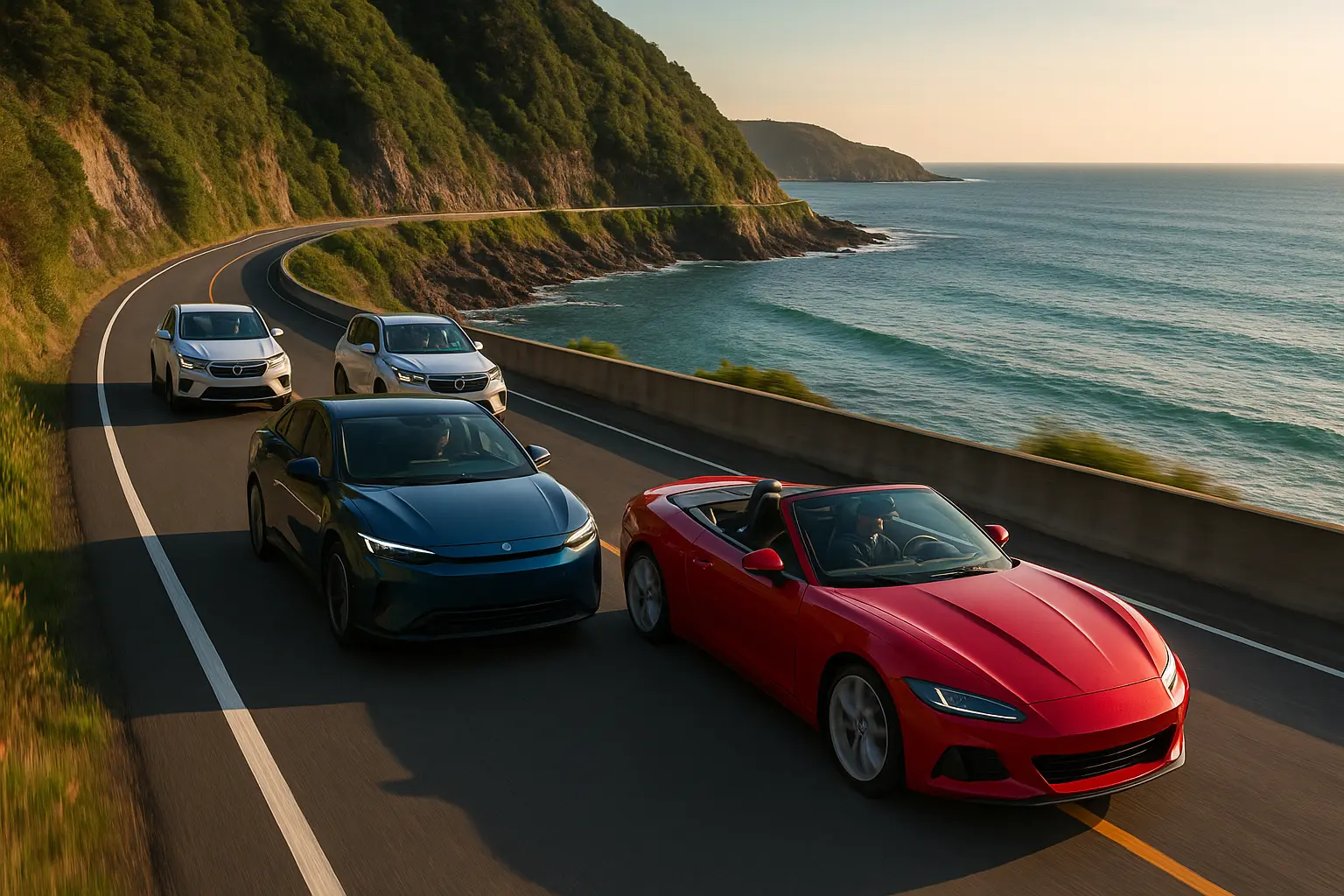Introduction: The Review-Driven Aussie Car Market
Buying a car is a significant investment, and for Australians, it's a decision heavily influenced by research—especially online car reviews. With a variety of vehicle types, fuel options, and new models constantly entering the market, Aussie consumers increasingly rely on digital insights before making their final choice. But how much do car reviews truly influence buyer behavior? What elements of a review do Aussies value most? And who are they listening to—journalists, owners, or YouTubers?
In this deep dive, we’ll explore the real impact of car reviews on Australian buying decisions. From trust factors and safety ratings to budget concerns and technology features, you’ll gain clarity on how reviews shape the nation’s automotive choices.

1. Why Car Reviews Matter More Than Ever in 2025
In the past, a shiny dealership and a convincing salesperson might have been enough to close a deal. But now, the average Aussie spends weeks comparing reviews, watching videos, and reading buyer experiences before stepping foot into a showroom.
Key Reasons Reviews Matter:
High investment decision: A car often follows housing as the next biggest purchase.
Long-term ownership: Aussies typically keep cars 5–10 years, increasing the pressure to get it right.
Broad model choice: With more EVs, hybrids, SUVs, and utes than ever, informed choice is vital.
Evolving technology: Features like adaptive cruise control or infotainment need explanation.
According to industry data, over 75% of Australians read or watch at least three reviews before finalising a car purchase.
2. Trust Factors: Who Aussies Listen To
Not all reviews are treated equally. Aussies tend to trust real-world experiences and objective breakdowns more than glossy brochures or overly scripted promotional content.
Trusted Review Sources:
Professional reviewers (CarsGuide, Drive, CarExpert): For specs, road impressions, and comparison tests.
Owner reviews (ProductReview.com.au): Real experiences with fuel economy, servicing costs, and reliability.
YouTube channels: Aussie drivers love video reviews showing real road tests, practicality demonstrations, and towing capacity.
Social media groups: Facebook groups and Reddit forums where people share honest, sometimes brutal, feedback.
Red Flags in Reviews:
Lack of detail
Too much jargon without explanation
Biased tone (overly positive or negative)
Sponsored content not disclosed
3. What Aussie Buyers Want From a Review
A great review isn’t just about horsepower and 0–100 times. Aussie buyers are practical and family-focused, yet savvy about modern tech.
Common Review Must-Haves:
| Feature | Why It Matters |
|---|---|
| Fuel economy (real-world) | Fuel prices are high, and economy remains a key factor |
| Interior space & comfort | Many Aussies use cars for road trips and family duties |
| Safety tech & ANCAP | Aussies prioritise 5-star safety ratings, esp. for family |
| Towing capacity | Vital for caravanning, especially in rural areas |
| Infotainment usability | Must support Apple CarPlay, Android Auto, and more |
| Servicing costs | Hidden costs over ownership can sway decisions |
4. Case Study: Toyota RAV4 vs Mazda CX-5 Reviews
Let’s take two of Australia’s most popular SUVs—the Toyota RAV4 and Mazda CX-5. Review influence has dramatically helped the RAV4 hybrid gain traction.
Toyota RAV4 Hybrid:
Reviews consistently praise fuel efficiency (4.7L/100km)
High resale value
Tech like adaptive cruise and lane-keep assist is standard
Reviewers highlight long wait times, yet praise the value
Mazda CX-5:
Lauded for premium interior and refined handling
Less fuel efficient but known for reliability
Reviewers often note tighter back seat space
A hit among style-focused buyers
This comparison shows how review tone and focus (efficiency vs luxury) directly influence different buyer segments.
5. Buying Behaviour Breakdown by Demographic
Families:
Look for space, child seat compatibility, safety tech
Heavily influenced by crash tests and long-term cost reviews
Young Drivers:
Focus on affordability, infotainment, and design
Influenced by YouTube and social media reviews
Retirees:
Want comfort, ease of entry/exit, reliability
Trust print and online written reviews more than video
Tradies and Off-Roaders:
Prioritise 4x4 performance, towing, payload
Real-world bush track or towing tests matter more than specs
6. Impact of Electric & Hybrid Vehicle Reviews
As EV adoption grows in Australia, reviews play a pivotal role in demystifying ownership. Aussies want answers to:
What’s the real range?
How’s the charging network?
Is performance punchy?
What about battery warranty?
Reviews of models like the BYD Atto 3, Kia EV6, and Tesla Model Y have helped alleviate concerns around infrastructure and long-term reliability.
7. Features Most Scrutinised in Reviews
Technology & Infotainment:
Aussies expect Apple CarPlay/Android Auto, voice commands, intuitive UI, and frequent OTA updates. Clunky or dated systems are heavily criticised.
Safety Ratings:
ANCAP results, number of airbags, and autonomous emergency braking (AEB) are non-negotiables for many. Reviews that highlight standard vs optional safety gear carry weight.
Interior Comfort:
Seat materials, cabin insulation, boot space, and rear legroom often separate winners from losers. Detailed reviewer measurements matter.
Performance Metrics:
While outright power is nice, Aussies focus more on drivability, fuel use, cornering feel, and ride quality. Off-roaders expect tests on gravel, mud, and sand.
8. Review Elements That Influence Final Purchase
Verdict/Conclusion section: Clear pros and cons help summarise what matters.
Score breakdowns: Ratings out of 10 for value, safety, tech, performance.
Comparison references: Direct mention of how a car stacks up against rivals.
Long-term tests: Insights after 3/6/12 months of use are considered gold.
9. The Evolution of Reviews – 2025 and Beyond
With the rise of AI, augmented reality, and digital test drives, the future of reviews is changing. But trust remains key.
Emerging trends:
360° virtual test drives integrated into websites
Owner video snippets embedded in pro reviews
Crowd-sourced scoring tools with real-time averages
Subscription review platforms where reviewers aren't ad-funded
However, the core remains: authentic, detailed, relevant insights Australians can rely on.
10. Final Thoughts: How to Use Reviews Wisely
Car reviews are a powerful tool—but they’re not the final word. Smart Aussie buyers combine:
Expert reviews (for specs and performance)
Owner reviews (for real-life reliability and comfort)
Test drives (to validate expectations)
Cost comparisons (to align with long-term budgets)
Tip for buyers: Don’t just read the conclusion. Dive into the detail, see how the reviewer evaluates practicality, and watch a video to get a feel for how the car moves.
Summary Points:
Over 75% of Aussie car buyers are influenced by reviews.
Trust is highest for real-world testing, clear pros/cons, and long-term feedback.
Features like fuel economy, safety, and tech usability are most scrutinised.
EV reviews are shaping public perception and adoption.
Use multiple sources—including test drives—to form a full picture.
Leave a comment
Your email address will not be published. Required fields are marked *




